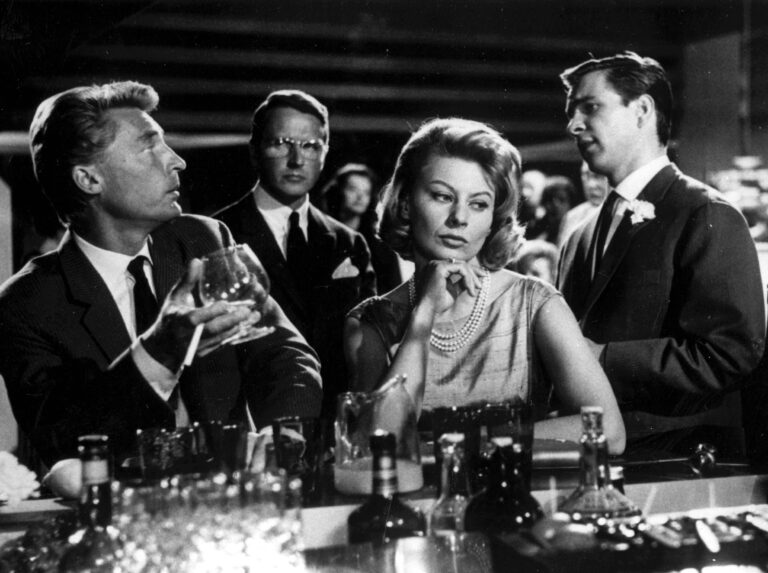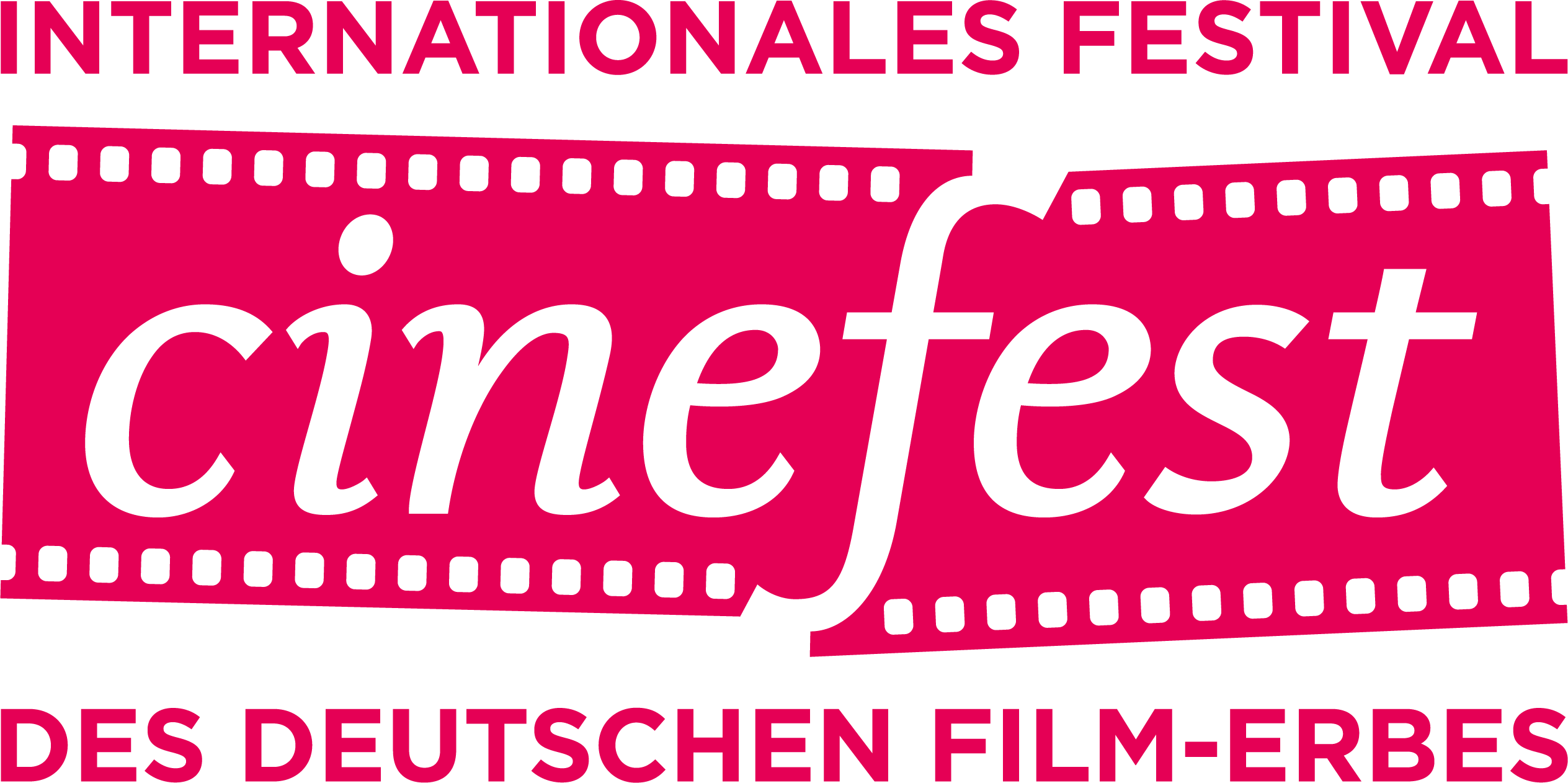CRANKED, UNCHAINED, COLORFUL, DIGITAL
The Development of Camera Technology and Film Art in German Cinematography
35th International Film History Conference
18.- 20.11.2022
Kommunales Kino Metropolis, Kleine Theaterstr. 20354 Hamburg
and online
Film and sound recordings as well as photos will be taken at the event. More Information: Foto- und Videohinweis

The camera is both a technical device and an artistic centerpiece of film production. Driven by the dream of capturing moving images that could be viewed again in the future, the technical development of the film camera and all associated technologies (such as film stock, lighting, and digitalization) is a process which started with the first moving images and is still developing today.
Technical innovations enable and inspire new aesthetic developments, and vice-versa. Accompanying this, political developments such as the First and Second World War have also strongly influenced and inspired changes in filming techniques.
German cinematography has long been highly regarded and has influenced filmmakers worldwide, with established German filmmakers traveling abroad and helping to professionalize film production and young filmmakers from other countries perfecting their skills in German studios.
One intertwined aspect is the fate of immigrants and exiles and their influence on their respective countries of exile: for example, Karl Freund, one of the most influential cinematographers of Weimar cinema (DER LETZTE MANN, VARIETÉ) won two Oscars and his technical inventions and innovations had a strong influence on the development of camera work on television in the 1950s. Heinrich Gärtner, whose camera work in entertainment films in Germany in the 1920s was quite popular, developed an important camera school in Franco-Spain as Enrique Guerner – despite intervention from Nazi Germany. Eugen Schüfftan innovated widely used camera techniques in the 1920s and photographed, while in exile in France, some masterpieces of “poetic realism”, but had problems finding work in the USA, because as an exile the cinematographer’s union ASC denied him membership. Otto Heller from Prague worked with Karel Lamač, among others, in Germany in the 1930s, before he went into exile in England in 1939.
Further development of the camera as an artistic tool has been driven in the late 20th and 21st century by the creative minds and technical experimentation of e.g. Guido Seeber, Bruno Mondi (Agfacolor), Michael Ballhaus, Gisela Tuchtenhagen, Roland Dressel, Judith Kaufmann and many others.
cinefest and the 2022 CineGraph Film Conference explored the wide range of connections and interactions between technology, aesthetics, and politics in the panorama of the 20th and 21st century.
Program
Presentations are limited to ca. 20 minutes, followed by a discussion. Conference languages are German or English (no live translation available).
Program as pdf
Abstracts (pdf)
In preparation for the conference and festival, an internal viewing colloquium was held May 12-15, 2022, at the German Historical Museum’s Zeughauskino (May 12, 14, 15) and the Federal Archives (May 13).
cinefest – 19th International Festival of German Film Heritage and the 35th International Film History Conference are organized by CineGraph Hamburg and Bundesarchiv, in close cooperation with numerous international institutions.
Concept: Hans-Michael Bock, Swenja Schiemann, Erika Wottrich
Consulting: Petra Rauschenbach, Axel Block, Jan Distelmeyer, Peter Badel, Michael Neubauer
Organization: Erika Wottrich, Swenja Schiemann
Coordination Bundesarchiv: Daniela Tamm, Sabine Lang
Technical support: George Riley
in cooperation with:





